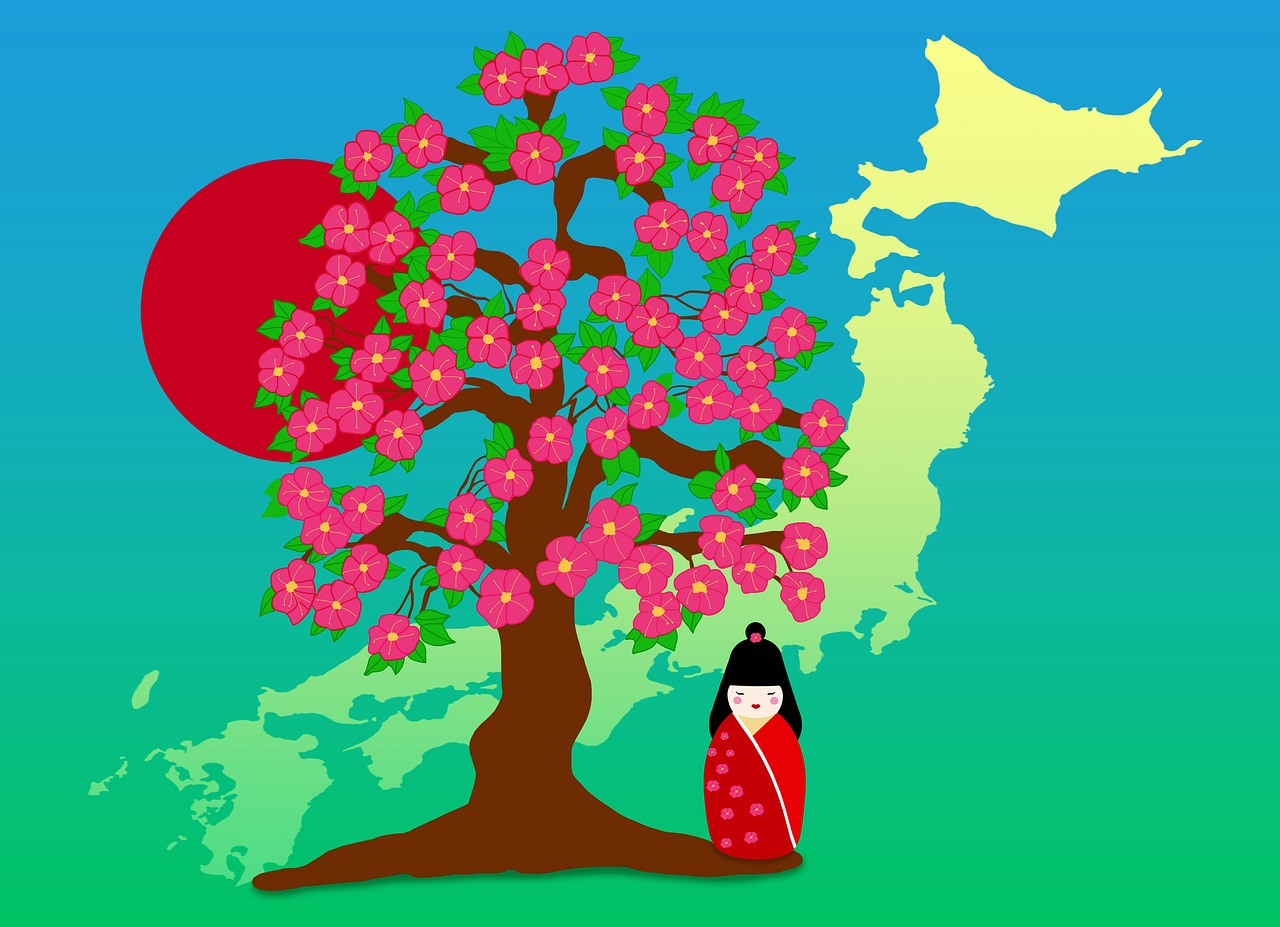
Intro
Venturing into the world of Japanese language can seem a little intimidating at first. Perhaps you’ve watched anime without subtitles for the first time and thought, “Wow, I understood nothing.” Fret not, dear reader, because today we’re launching your linguistic journey with the equivalent of training wheels. We’ll master polite Japanese phrases, starting with “Hello in Japanese”. Let’s buckle up, you’re about to become a politeness ninja!
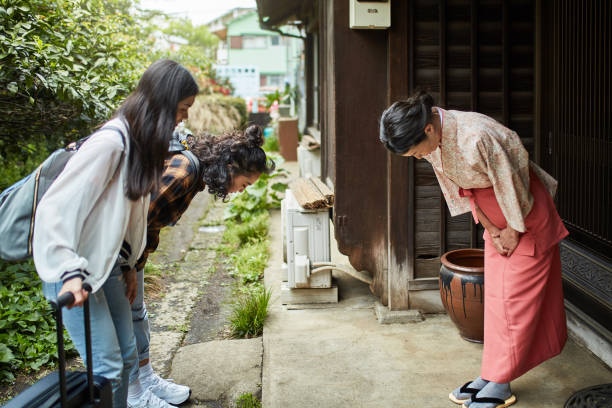
The Magic Word: Konnichiwa
And we’re off to the races with our first Japanese phrase, “Konnichiwa“.
Now, I know what you’re thinking: “Isn’t this a little basic?” Ah, but my friend, simplicity is often overlooked and underappreciated.
This little gem is the Japanese equivalent of a charming “Good day”. Best deployed from late morning to early evening, its use will have you meshing with the local crowd like a ninja in a sea of black pajamas.
Take note though, saying “Konnichiwa” correctly requires a bit of tongue gymnastics. Think of it as a gentle tango between your tongue and the top of your mouth.
So loosen up, warm up, and let’s get that pronunciation rolling. And remember, you’re not just learning to say “hello in Japanese”, you’re embracing an entire culture’s etiquette.
So practice that “Konnichiwa” until it rolls off your tongue like the opening line of your favorite karaoke song. Onwards and upwards, my linguistic prodigies!
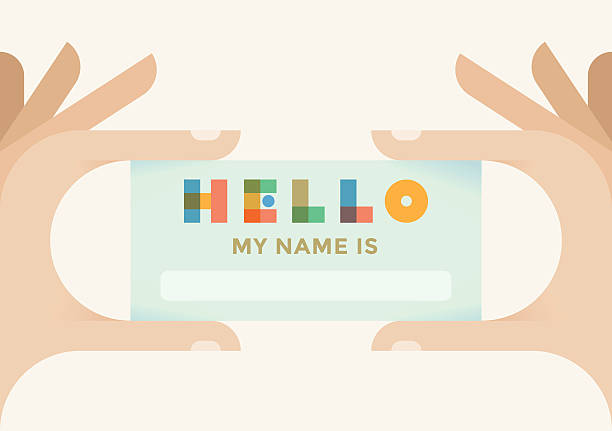
The Art of Introducing Yourself in Japanese
Alright, hotshot. You’ve mastered the smooth glide of “Konnichiwa” and now you’re ready to kick it up a notch. It’s time to unveil your identity without needing to point to your “Hi, I’m Bob” name tag.
Here’s how you do it, say “Watashi wa [your name] desu“. You’ve probably figured out by now that this means “I’m [your name]”.
So, “Watashi wa Bob desu” is how you let everyone know that you’re Bob.
Congratulations, you’ve just earned yourself a shiny bilingual badge, Bob.
Now, I know you’re getting the hang of this whole Japanese thing, but be warned. This is not the time to experiment with nicknames or alter egos.
Stick with your given name.
After all, you don’t want to end up in a manga-style mix up where people start calling you out: “Watashi wa Bat-Man desu“, right? Let’s leave the superhero identities for comic books and just be proud of our newfound ability to introduce ourselves in Japanese.
Stay tuned for more power-packed phrases coming your way!
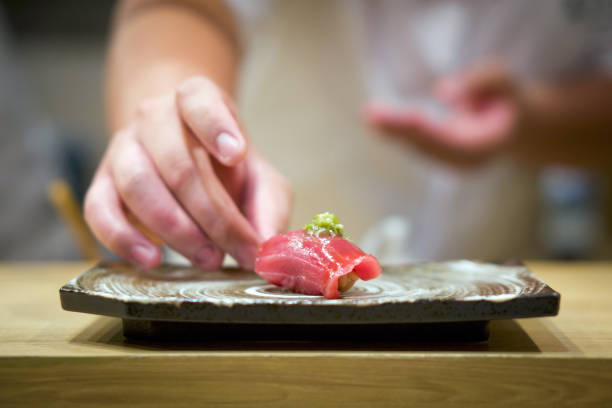
Mastering Polite Small Talk in Japanese
Look at you, churning out “Konnichiwas” and “Watashi wa Bobs” like a pro. But let’s give Bob a break and dive a little deeper into polite Japanese. Are you ready to advance from being a one-phrase wonder to a small talk sensation?
Then here we go!
Feeling like a chit-chat with the sushi chef? Perhaps, you’re dying to ask your favorite manga store owner how they’re doing. The magic phrase is, “O-genki desu ka?”
Yes, you got it! It’s “How are you?” in Japanese.
Now, I bet you’re wondering how to respond when someone throws the same question your way. If you’re having a day as bright as the neon lights of Tokyo, answer with a chipper “Genki desu. Anata wa?” This little combo translates to “I’m well. You?”
But let’s not kid ourselves. Some days are as soggy as a forgotten bowl of miso soup. For those days, we have “Ma ma desu,” our equivalent of “I’m so-so”. Just remember, although we’re diving into the world of polite Japanese, manners come first.
So, keep the sushi nibbling for after the conversation. After all, no one wants to see a conversation sprinkled with rice and fish.
There you have it, folks. With these phrases up your sleeve, you’ll be making polite small talk like a true Japanese local in no time. Just remember, practice makes perfect. So go ahead, start a friendly conversation with that bonsai tree in your living room.
It might not respond, but hey, at least it won’t judge your pronunciation!
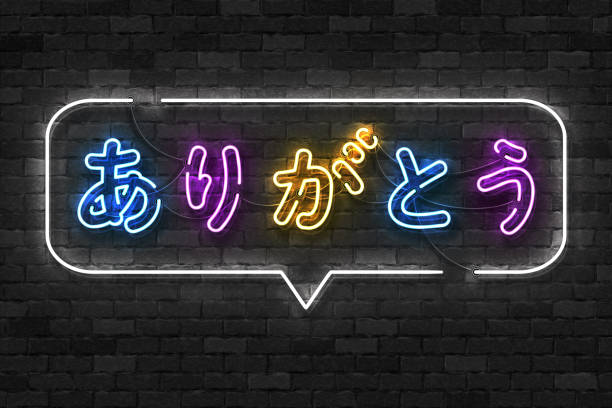
The Magic of Please and Thank You in Japanese
Alright my linguist-in-training, brace yourself, because it’s time to conquer the magic carpet ride of manners that are the phrases “Please” and “Thank You”. Now, don’t fret if you’ve got two left feet, because these babies are as versatile as a Swiss army knife.
First off, let’s tackle “Please”, which in Japanese translates to “Onegaishimasu“. Now, whether you’re hankering for an extra serving of that scrumptious tempura or subtly hinting at wanting another round of karaoke, “Onegaishimasu” is your golden ticket to the Wonka factory of polite requests.
Now let’s switch gears and talk about “Thank You”, which is “Arigatou gozaimasu“. Saying it is like stretching a Tempura-battered shrimp – the longer you stretch it, the more you’re laying it on thick with the politeness. And remember, in Japan, it’s all about laying it on thick, like wasabi on sushi.
For added effect, you can pair it with a bow, but perhaps save that move for in-person encounters. You wouldn’t want to headbutt your webcam during a Skype call now, would you?
So there you have it, my soon-to-be-polyglot. The magic keys of “Onegaishimasu” and “Arigatou gozaimasu” are now in your hands.
Use them wisely and soon you’ll be unlocking the door to polite conversation faster than you can say “Sushi!”. But remember, with great power comes great responsibility, and no, you can’t actually use these words to literally open doors. I mean, you could try, but I can’t guarantee results or a lack of weird looks.
So go forth, use your newfound linguistic prowess, and remember to always save some room for that extra serving of tempura!
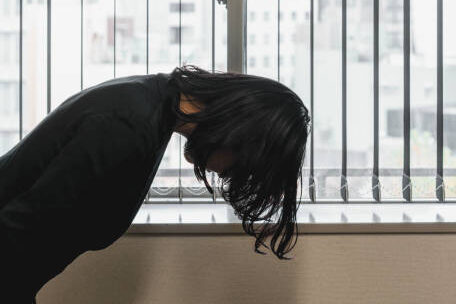
How to Say Sorry and Excuse Me in Japanese
As we continue your transformation into the epitome of Japanese politeness, we must address the inevitable blunders that are part and parcel of being human. Fear not, brave linguist, we have just the ticket to navigate those bumps in the road.
Enter “Sumimasen“, the Swiss Army Knife of apologies and excuses.
“Sumimasen” is your new best friend, your loyal sidekick, ready to swoop in and save the day when you’re in a pickle.
Did you just spill some soy sauce on the tablecloth in a fancy sushi restaurant? Or perhaps you’ve accidentally trodden on a fellow commuter’s foot in a crowded subway?
With a swift “Sumimasen“, you can turn those oops moments into ops moments, transforming a potential social faux pas into an opportunity to showcase your blossoming linguistic skills.
This versatile phrase has your back in more ways than one, serving dual duties as both “sorry” and “excuse me”.
Whether you’re trying to make your way through a dense crowd or attempting to grab the attention of the busy ramen vendor, a well-timed “Sumimasen” can be your golden ticket.
It’s like an invisibility cloak for social awkwardness, magically erasing minor mishaps.
But remember, just as Spiderman wouldn’t use his web-slinging skills to cheat in a basketball game, “Sumimasen” shouldn’t be abused. It’s not a license to start a game of footsie on the subway or a food fight in the sushi bar. Use it wisely and sparingly, and you’ll earn a reputation as a respectful and polite gaijin.
But what if “Sumimasen” isn’t enough? What if you’ve done something so dreadful, so unthinkable, that a mere “excuse me” or “sorry” won’t suffice?
Well, for those moments when you’ve really put your foot in it (or perhaps on someone else’s), there’s “Moushiwake arimasen“, followed with a deep bow, depending on how bad you screwed up.
This roughly translates to “I have no excuse”, and should be reserved for those times when you really need to pull out the big guns of apologies.
So, there you have it, the ace up your sleeve for all those awkward moments – “Sumimasen“. Don’t leave home without it!
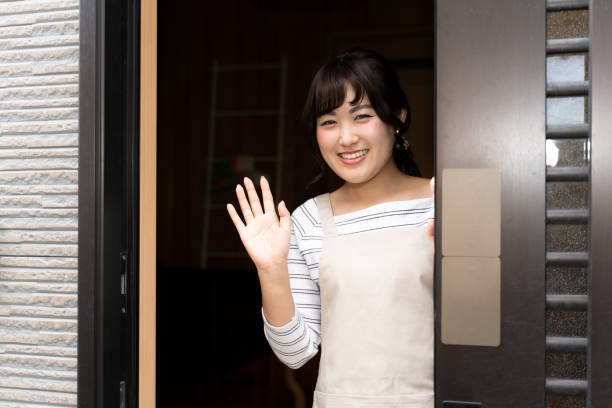
The Finale: Saying Goodbye in Japanese
Just like that last sushi roll you hesitantly finish off, every Japanese conversation also needs an elegant ending. After all, saying goodbye is as important as knowing how to say “hello in Japanese”. So, buckle up buttercup, it’s time to put a cherry on top of this linguistic sundae with our goodbye phrases.
For situations more formal than a tea ceremony, you’ll need “Sayounara“. It’s the James Bond of farewells: sleek, sophisticated, and gets the job done every time.
Whip this one out when you’re departing from your boss, a respected elder, or just anyone you’d typically bow to.
On the other hand, when chilling with friends or people you’re familiar with, you’ll want to sound a tad more casual. Kind of like kicking back in a karaoke lounge with a pair of neon sunglasses.
This is where “Ja ne” comes into play. Think of it as a laid-back wave, a chilled-out high five. It’s the equivalent of saying “Catch you later, alligator!”
So there you have it, my little linguists-in-training. You’re now fully equipped to enter and exit a conversation in Japanese with the grace of a kabuki actor.
Just remember, practice is key, so don’t hesitate to throw in a casual “Ja ne” as you bid goodbye to your pet bonsai or your sushi delivery guy. They might not reply, but your confidence will thank you for it!
Now go out there and conquer the world with your Japanese politeness superpowers, one “Sayounara” at a time!

TLDR
In a sushi roll-sized nutshell, we’ve traveled the road of polite Japanese phrases from the gentle hills of “hello in Japanese” (Konnichiwa, for those snoozing at the back) to the lofty peaks of “goodbye” (Sayounara or Ja ne, depending on how cool you’re feeling).
We’ve swung through the jungles of self-introduction, small talk, please and thank you, and even navigated the slippery slopes of saying sorry. Remember, the key to mastering these phrases is practice – your pet bonsai tree won’t judge you.
You’re now a fully-fledged politeness ninja, ready to unleash your Japanese superpowers on the world, one “Onegaishimasu” at a time!
So, say “Arigatou gozaimasu” to your insecurities, and “Sayounara” to any linguistic barriers.
Now go out there and knock ’em dead, tiger!
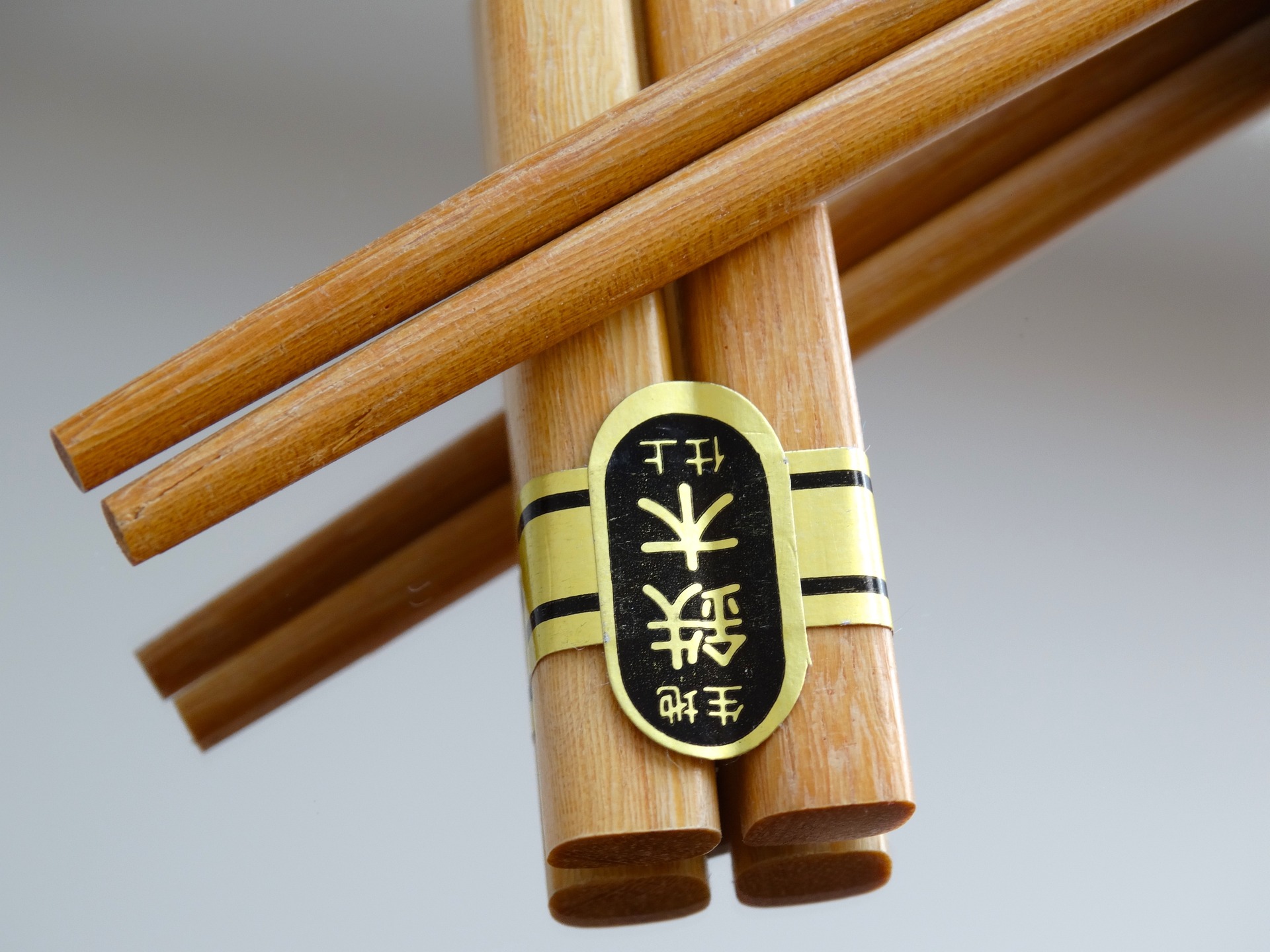
If you are planing a Trip to Japan:
Find out how to properly use and hold Chopsticks!
